With buildings currently representing 39% of U.S. carbon emissions, leading jurisdictions recognize the importance of using building codes and performance policies to respond to the effects of climate change and reduce future risks. To keep temperature rise below 1.5 degrees Celsius, new construction in the U.S. must be all-electric by 2025, and climate-optimized by 2030. With just one code development cycle taking us to 2025, and only three to reach 2030, the provisions adopted into the 2024 International Energy Conservation Code (IECC) are critical to achieve the model code we need to carry us into the next decade.
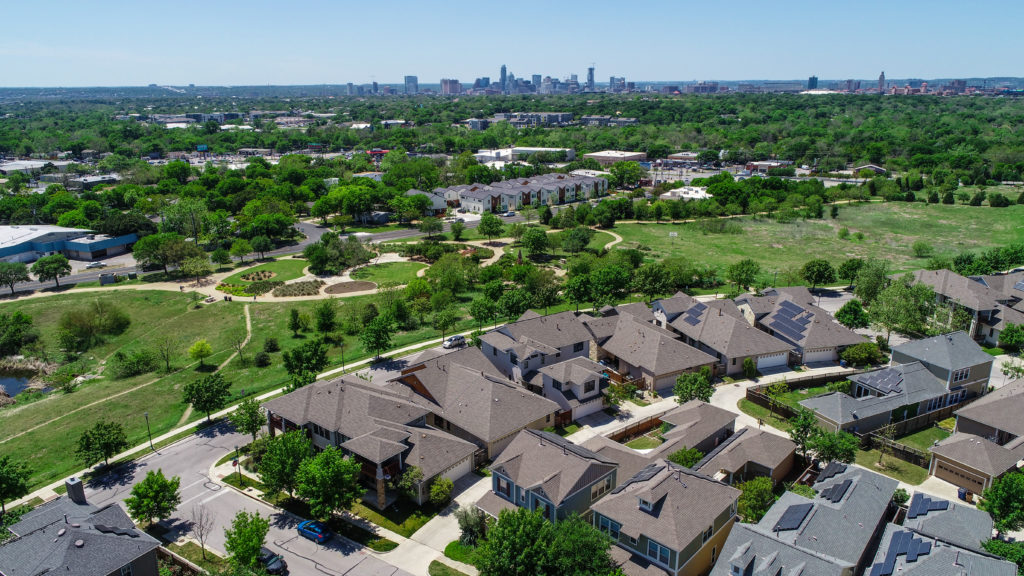
The public comment draft of the 2024 commercial IECC was released today, nearing the end of a new code development process that could result in not just energy savings, but also a reduction in greenhouse gas (GHG) emissions and improved grid reliability benefits. Because of the potential impact of the code and the change in process, this review period presents a crucial moment for engagement from those who will adopt, implement, and verify compliance with the next code. Interested stakeholders have until Friday, October 21 to weigh in on the specific language that jurisdictions will depend on for the next three years to make good on their climate commitments. Read on to understand how we’ve gotten to this point and learn how to engage in the public comment period to help ensure the commercial provisions in the 2024 IECC address the most important issues facing communities and the built environment today, to learn more about how to comment join our webinar on September 29.
Interested stakeholders have until Friday, October 21 to weigh in on the code language that jurisdictions will depend on for the next three years to make good on their climate commitments.
In case you missed it
The International Code Council (ICC) released a call for proposals for the 2024 IECC with a deadline of October 21, 2021. A total of 256 proposals to the commercial energy code were submitted. The commercial consensus committees met for the first time in September 2021 and continued to meet once or twice a month until June 2022. Each committee member was assigned to a subcommittee which also met twice a month from December 2021 to June 2022. During subcommittee and full committee meetings, members discussed and voted on each proposal. Proposals that were approved by a majority of full committee members were included in the Committee Action Report (CAR) released in July of 2022. Before the draft 2024 IECC was allowed to be released for public comment, at least two-thirds of the full committee meeting members were required to approve the CAR which occurred in a ballot that took place in August 2022.
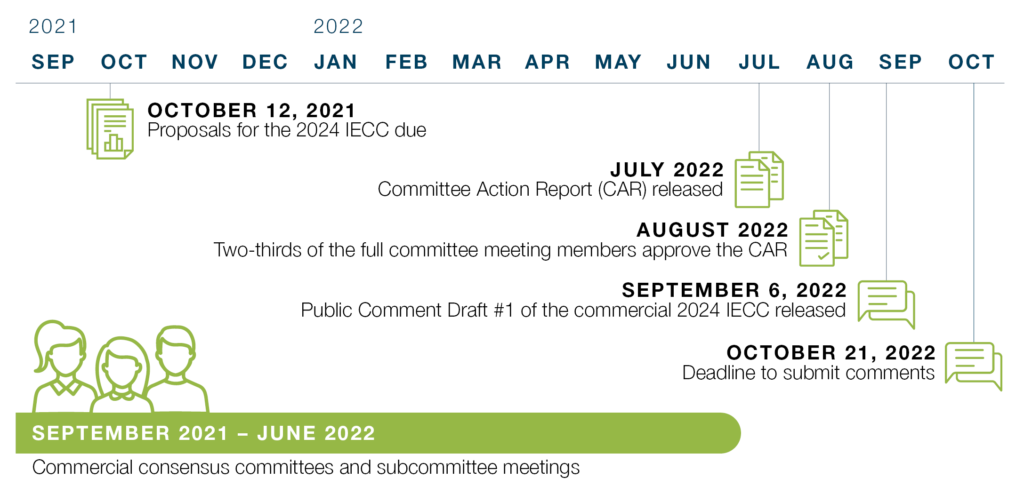 Overall, the new process allowed more opportunity for proponents to refine and collaborate on new proposals, increasing the likelihood that they would be included in the code update. However, the process was extremely time consuming for committee members and presented little opportunity for non-committee members to weigh in on outcomes. The balloting process has also been onerous, resulting in a delayed release of the residential energy code, which is expected to be released for public comment later this fall.
Overall, the new process allowed more opportunity for proponents to refine and collaborate on new proposals, increasing the likelihood that they would be included in the code update. However, the process was extremely time consuming for committee members and presented little opportunity for non-committee members to weigh in on outcomes. The balloting process has also been onerous, resulting in a delayed release of the residential energy code, which is expected to be released for public comment later this fall.
Important progress for climate
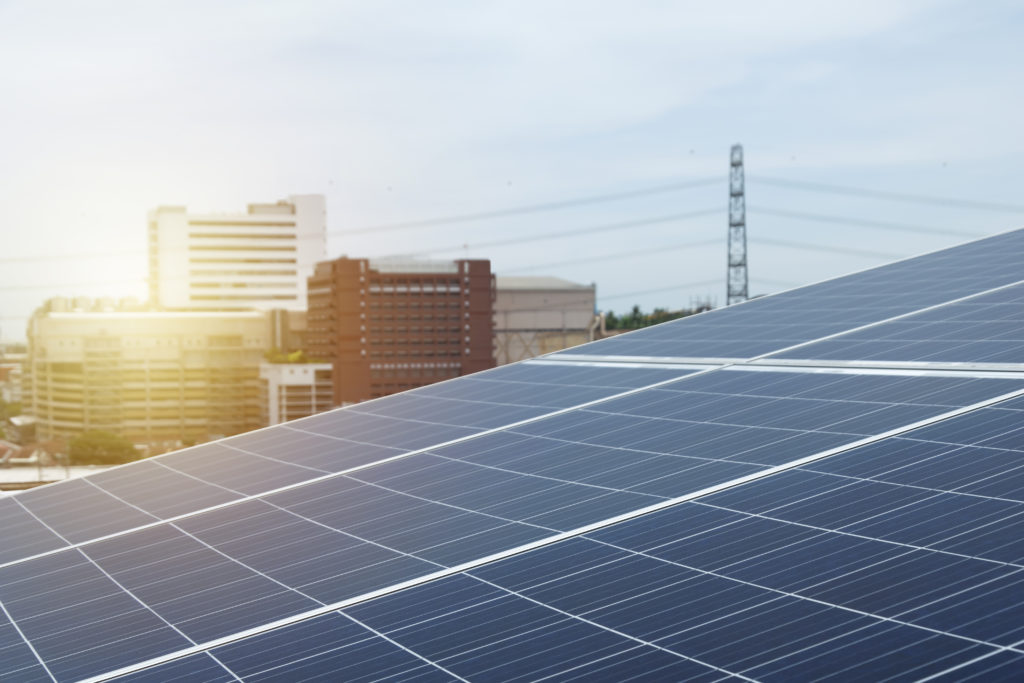
Because of my appointment to the IECC commercial consensus committee, New Buildings Institute (NBI) has been at the table throughout the development of the 2024 IECC, starting with submitting code change proposals last October. These proposals which address the following topics are absolutely essential to addressing climate change:
- Commercial building and transportation electrification
- Renewable energy
- Grid integration
- Existing buildings
These are topics that have rarely, if at all, been discussed in the IECC code development process because historically the scope of the energy code has been limited to requirements that reduce the energy use of buildings and not on requirements that reduce carbon emissions and make our buildings more resilient to the impacts of climate change. NBI made important progress by introducing these topics, and even getting a few groundbreaking proposals into the 2024 IECC Public Comment Draft including:
- Electric vehicle (EV) infrastructure requirements to facilitate the electrification of the transportation sector, the single largest source of carbon emissions in the nation.
- Renewable energy and energy storage-ready requirements to promote the transition to an affordable, carbon free, and resilient grid.
- Grid integration requirements for thermostats and water heater to reduce utility costs, improve grid reliability, and reduce carbon emissions if the building owner enrolls in a demand response program.
- Energy efficiency requirements for existing buildings which present the largest opportunity to cost effectively improve comfort while reducing utility bills and carbon emissions.
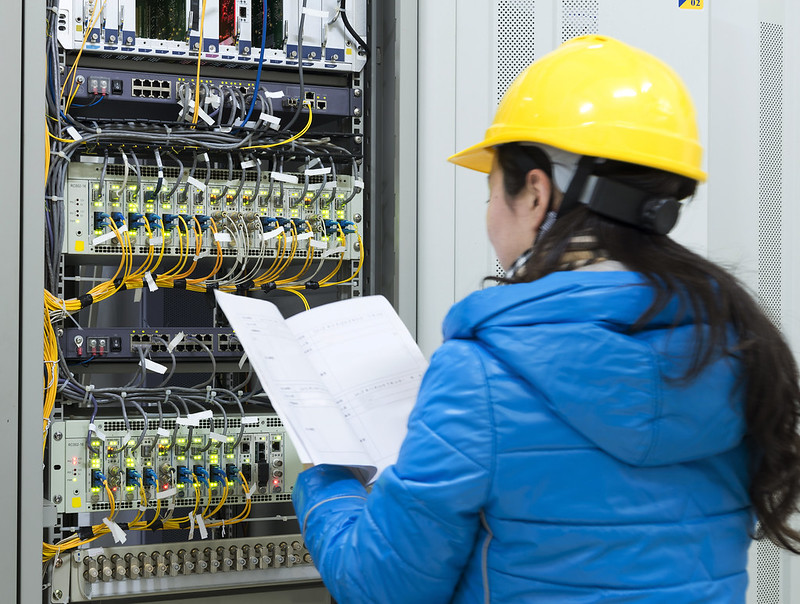
See all of the NBI proposals that were approved and included in the Public Comment Draft. NBI estimates that the gains made in this code cycle will put the IECC on track for achieving a net-zero ready energy code by 2030 with the following outcomes:
- 8-12% improvement in energy efficiency and associated reduction in consumer costs
- An additional 10-15% reduction in building energy use from onsite renewable energy and other grid integrated resources.
- Creation of jobs, improved health, and accelerated transition to an equitable clean energy economy.
Make your voice heard
New construction codes and policies when aligned with climate goals are some of the most cost-effective ways for jurisdictions to cut carbon emissions, save energy, improve comfort and health for building occupants in homes and workplaces, and increase housing affordability. It’s important to weigh in during the next six weeks on what is a critical code cycle for addressing climate change. The International Code Council and commercial consensus committee need to hear your support for building codes that address climate change.
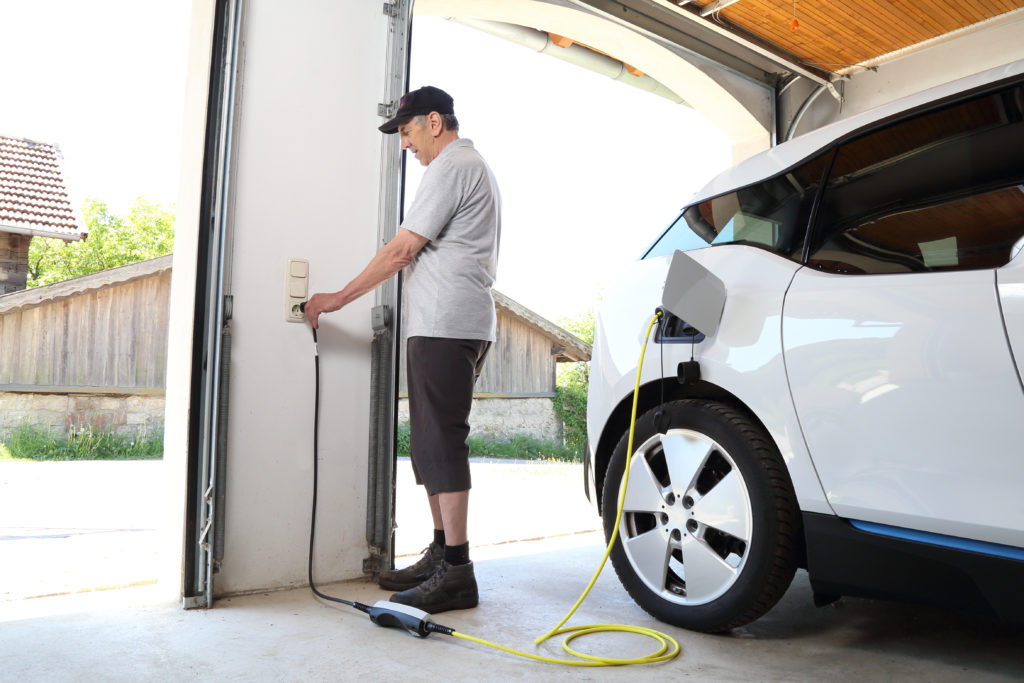
Public comments are needed! We expect several climate-aligned proposals such as electric vehicle (EV) infrastructure, renewable energy requirements, and energy storage readiness requirements to receive pushback from opponents in the public comment period. In addition, a NBI proposal to significantly reduce carbon emissions and improve the health of building occupants by requiring or incentivizing a shift away from onsite combustion equipment was not approved. Fossil fuel burning equipment in our buildings currently make up one-third of our nation’s energy-related carbon emissions, contributing to higher asthma rates and other respiratory disorders. Your input during the public comment period could put this proposal back on the table and make sure important changes that have already been approved by the committee stay in the final code.
To participate in giving comments:
- Review Public Comment Draft #1 of the commercial 2024 IECC
- See the resources NBI created to help you learn how to comment
- Watch the webinar NBI hosted on September 29 to learn more about major changes to the code, the process for submitting public comment, and guidance on how you can influence decision makers
The deadline for submitting comments is Friday, October 21, 2022.
Long-term climate impacts
From 2006 to 2021, the IECC increased its efficiency requirements by about 40%, or an average of 8% a cycle. The 2024 IECC continues to reduce the energy use of buildings with efficiency and for the first time includes onsite renewable energy and grid integration requirements. However, we are in a paradigm shift where we must begin to measure progress not just by kilowatt-hours saved, but by emissions reduction benefits achieved. Using the traditional evaluation process, we are not estimating the GHG benefits, quantifying improved grid reliability, or positive health outcomes associated with the model code. Nor does the model code process have target goals for any of these important benefits. This is a challenge our industry will need to address before we dive into the 2027 IECC.
Email me if you have any questions.
by Diana Burk, Project Manager
Bio
Did you enjoy this content? Consider supporting NBI’s work with a donation today.
